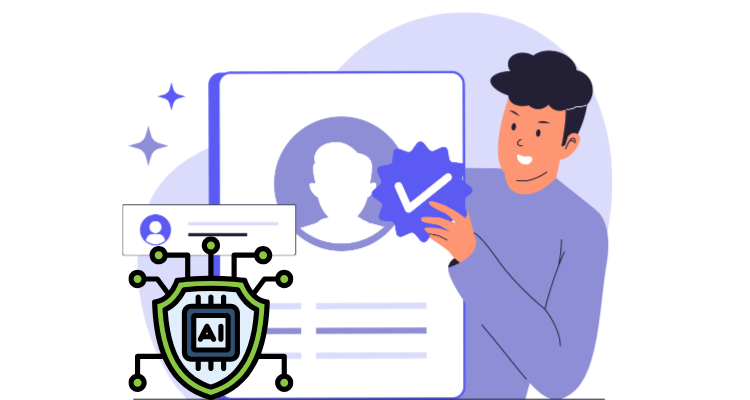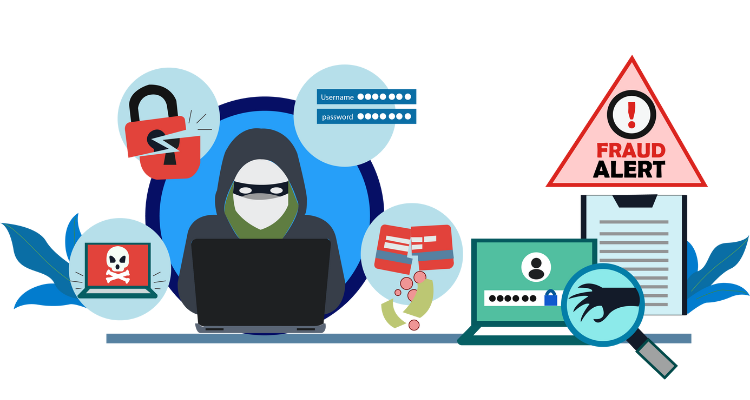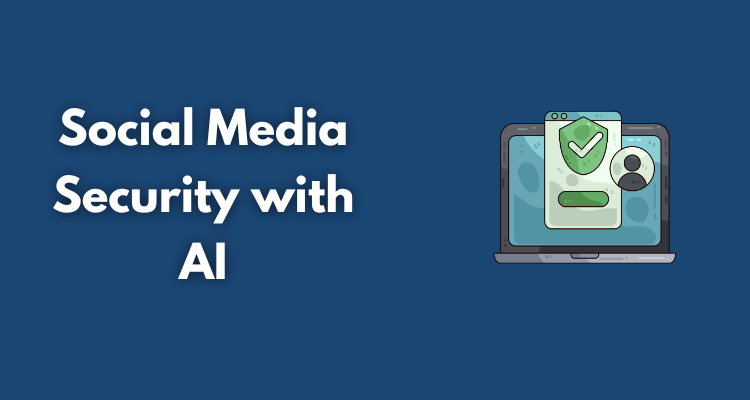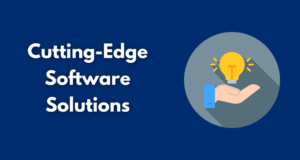The future of social media security is being written not just by programmers, but by intelligent algorithms. Social media security is being reshaped by artificial intelligence, which is learning to spot dangers we can barely see. These smart systems identify everything from incredibly realistic fake videos to complex automated scams.
This change is happening because our digital lives are more connected than ever. Protecting personal information and well-being on these platforms has become a top priority for everyone. AI offers a powerful and efficient way to address these growing security challenges on a massive scale.
Table of Contents
ToggleA New Digital Guardian
Imagine logging into your favorite social media app without worrying about fake news or someone stealing your identity. This peaceful experience is the goal of new security technology. Artificial intelligence is stepping up to become a digital guardian for all users.
This technology is not a distant dream; it is already at work today. Major platforms are using AI to create a safer environment. This makes using social media more enjoyable and secure for families, friends, and businesses around the world.
How AI is Used for Social Media Security

Social media security is getting a major upgrade from artificial intelligence right now. “AI is already doing a lot of heavy lifting behind the scenes on major platforms. Facebook uses machine learning to flag hate speech… and LinkedIn flags suspicious logins with anomaly detection systems trained on location and device patterns.”
These systems operate in the background, constantly scanning for unusual activity. Brandon Hardiman, Owner of Yellowhammer Home Buyers, adds that AI serves as a “critical backbone,” enabling platforms to “detect spam networks, deepfakes, and impersonation attempts faster than human experts.”
1. Fighting Fake Accounts and Bots
AI is very good at finding automated bot accounts and fake profiles. It does this by analyzing behavior. A real person types at a certain speed and interacts with posts in a natural way. Bots often act too quickly or too repetitively.
AI can analyze patterns and behaviors to identify these threats, for example, it can detect unusual activity like rapid-fire posting or following/unfollowing patterns that are typical of bots.”
2. Detecting Deepfakes and Misinformation
Another important job for AI is finding deepfakes. Deepfakes are videos or audio clips that are artificially created to make it look like someone is saying or doing something they never did. AI tools are trained to look for tiny digital flaws in these videos that our eyes might miss.
Right now, platforms use AI to detect deepfakes by analyzing video inconsistencies and flag misinformation through context-aware language scanning. It predicts that as deepfakes improve, detection tools powered by adversarial training are going to be crucial.
Potential Risks and Ethical Concerns

Is AI monitoring a form of surveillance? This is a question many people are asking. While AI helps keep us safe, it also needs to look at a lot of data to do its job. Imagine your data mined for surveillance. Ethically, we must demand transparency: ‘If an AI flags you, you deserve to know why.
Identifies overreach as a significant risk. “The biggest risk is overreach. AI tends to generalize, and when moderation tools act too aggressively, they reinforce bias and mistakenly silence innocent users,” he says, noting he’s seen client content wrongly flagged.
Bias in Algorithms
AI systems learn from the data they are given. If this data contains human biases, the AI can learn those too. This might lead to the AI unfairly targeting certain groups of people or viewpoints.
“predictive moderation can feel like a black hole for censorship. When AI flags/suppresses content based on probabilities instead of solid proof, nuance gets lost. For brands and creators, staying safe means verifying accounts, enabling 2FA, and treating every post like it could be cloned tomorrow.
Predictions for AI in Social Media Security
The fight against identity theft will become more proactive. Future AI will likely look for signs of a phishing scam or identity theft attempt as it is happening. It could then send a direct warning to a user before they click a dangerous link.
Brandon foresees AI becoming “much more successful at combating misinformation, identity theft, and emerging cyber threats,” capable of detecting even subtle cues of manipulation. AI will merge with “behavioral fingerprints,” using traits like typing rhythm to detect threats.
Stopping Emerging Cyber Threats
Cyber threats are always changing, but AI will adapt to meet them. New forms of harassment and financial scams appear regularly. Future AI security systems will be designed to learn about new threats almost instantly.
Believes we will see “more real-time AI models tackling synthetic media and identity-based threats.” The next step will mix AI with clear human oversight” for a balanced approach.
How to Prepare for an AI-Driven Security Future
For Brands and Creators: Be open about your security practices. Let your audience know how you are working to protect your community from bots and scams. Advises brands to “invest in transparency and take more control over their content’s metadata,” such as through digital watermarking.
It is also a good idea to use the advanced security settings that platforms offer. Baloch strongly recommends that brands and users “enable multi-factor authentication on all accounts, non-negotiable.” The best thing to do is to get security training that takes AI into account.”
For Everyday Users: Your first line of defense is your own knowledge. Stay informed about the latest online scams. Advises users to “assume that every major social media platform uses AI to protect and profile you and take appropriate measures to safeguard your privacy.”
Safeguarding against data breaches demands a multi-faceted approach. Advanced systems to monitor every login attempt, data access, and transfer, ready to raise the alarm at the first hint of trouble. Whether it’s a suspicious login or a phishing attack, AI can detect and respond to threats in the blink of an eye.
FAQs and Expert Tips
How does AI actually improve my security?
AI improves your security by acting like a super-fast, always-watchful assistant. It can analyze millions of posts and user behaviors every second to find dangers that are too subtle or speedy for humans to catch.
Can AI completely eliminate online threats?
No, AI cannot completely eliminate online threats. Rafay Baloch from REDSECLABS clarifies, “I see AI as a game-changer for social media security—but it’s not a silver bullet.” Think of it as a strong lock on your door—it greatly improves safety, but determined criminals may still find a way.
What should I do if I think AI made a mistake with my account?
Most social media platforms have an appeals process. If your content was removed or your account was locked, look for a “disagree with decision” or “appeal” option in the notifications you received. Be patient, as it may take some time for a human to review your case.
Are there any simple steps I can take to stay safe?
Yes, there are several simple steps you can take. Using strong passwords and two-factor authentication is the most effective start. David Hunt notes that “even the smartest AI can’t stop a weak login,” so good password hygiene is essential.
Will AI lead to less privacy on social media?
AI systems need data to work, which can impact privacy. However, the goal is to analyze patterns in the data, not to spy on individuals. You can manage your privacy by reviewing your app settings and being thoughtful about what you choose to share publicly.
How can I tell if a video is a deepfake?
It is becoming very hard to tell, but look for small details. Check if the skin texture looks strange or if the lighting seems off. See if the person blinks normally and if their lip-syncing is perfect. When in doubt, look for the same news on trusted media websites.
Conclusion
The journey toward safer social media is a shared mission. Artificial intelligence provides the advanced tools we need to guard against new and complex threats. It is a dynamic shield that grows stronger and smarter over time.
Embrace these changes with a positive and cautious mindset. As Rafay Baloch puts it, “AI is the shield, but human vigilance is the sword. Use both.” By combining powerful AI with our own responsible actions, we can all help create a more secure digital world. The future of social media security looks bright, intelligent, and resilient.









